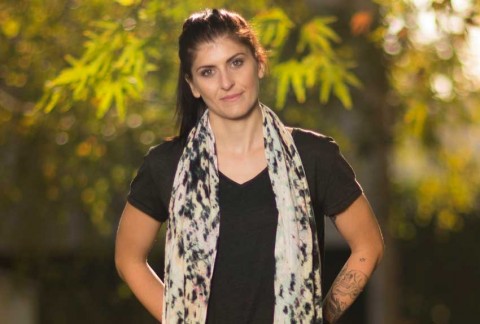It’s #Supermoon night! Grab your binoculars and telescopes and extra-dark sunglasses!
The Moon has had a lot of pretty outlandish myths around it. It’s made of cheese. It’s full of bat people. It’s got a bloke in it.
And, far more ridiculously, it affects your mental health.









